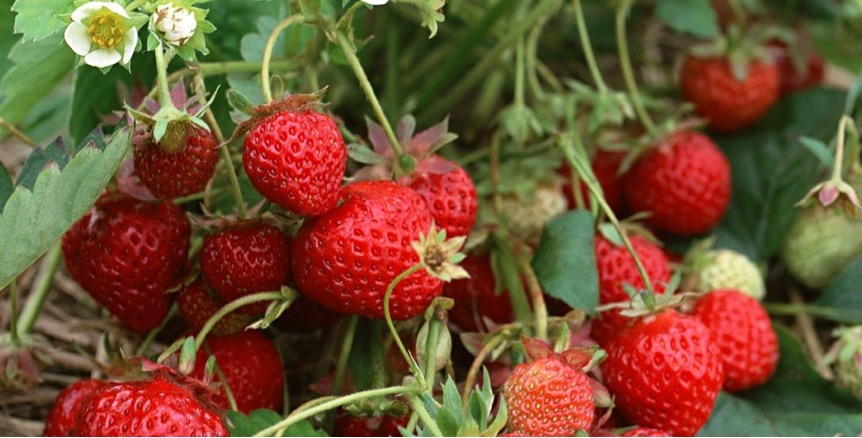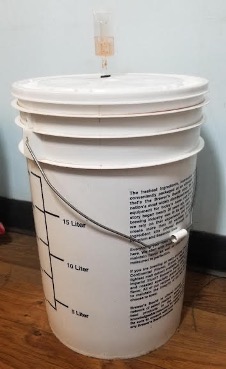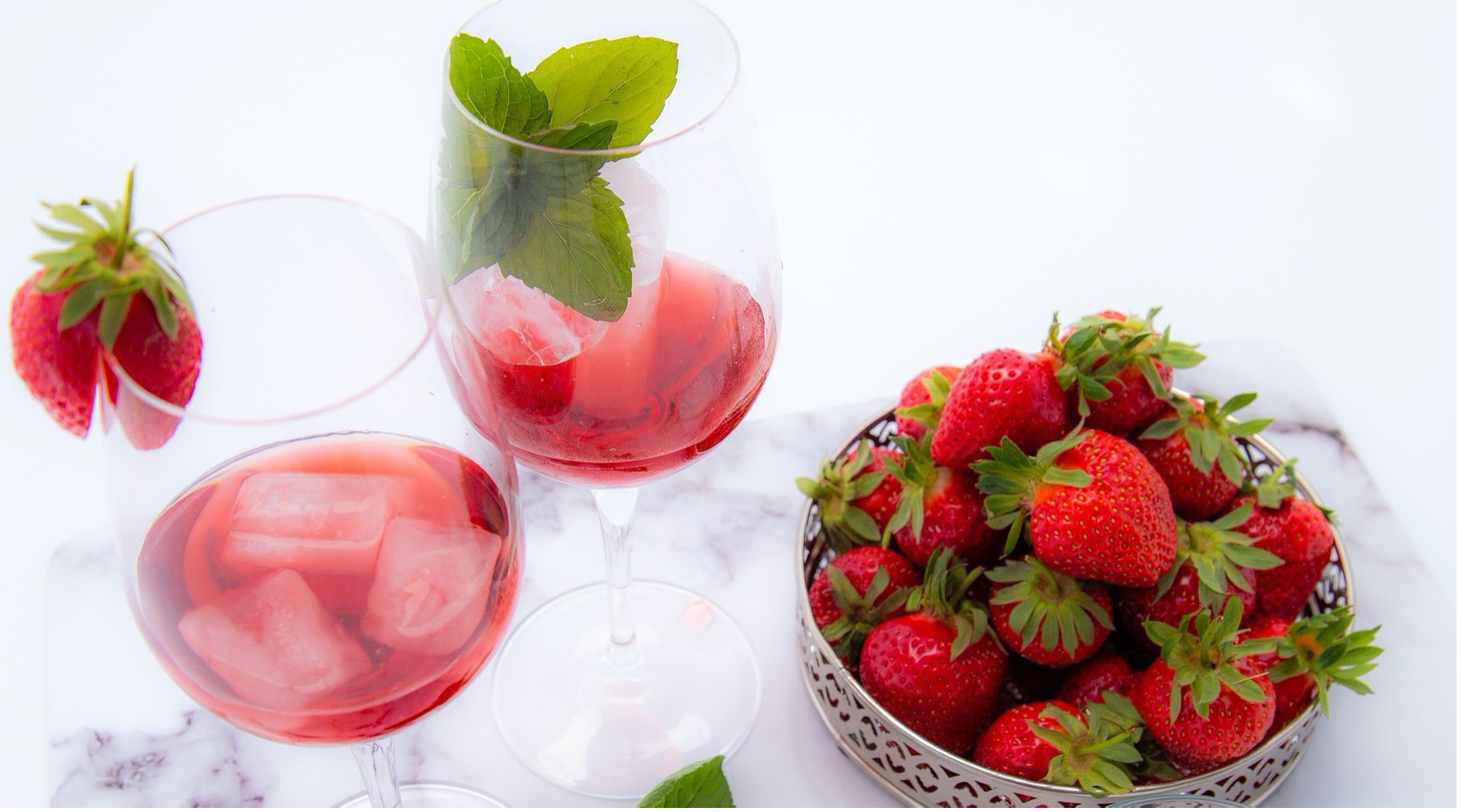-Ryan Blankenship-
 With the spring gone and summer in full swing, strawberries are being harvested. What better thing to do with that sweet berry than to make some wine out of it. Strawberries not only have great antioxidant value to them, but they are full of macro, micro nutrients, and some vitamins as well. So while you’re enjoying that sweet wine, you are also filling yourself with some good nutrients as well. On top of all this goodness, they also contain an enzyme called amylase, which is key during the fermentation process. Amylase enzyme works to break down the starches in glucose to turn them into a fermentable beverage.
With the spring gone and summer in full swing, strawberries are being harvested. What better thing to do with that sweet berry than to make some wine out of it. Strawberries not only have great antioxidant value to them, but they are full of macro, micro nutrients, and some vitamins as well. So while you’re enjoying that sweet wine, you are also filling yourself with some good nutrients as well. On top of all this goodness, they also contain an enzyme called amylase, which is key during the fermentation process. Amylase enzyme works to break down the starches in glucose to turn them into a fermentable beverage.
To make this delicious beverage, one must start with a good amount of berries. I like to use one pound of strawberries per gallon of wine I’m making. I’ve used less before, but if you want a dominant strawberry flavor, you need more strawberries. If you can make friends with a local farmer, they will probably sell you their seconds for a fair price. Seconds are the berries farmers typically won’t sell to the big stores because they are either bruised or over ripe. These berries work the best in my opinion because they are a lot easier to mash. It also never hurts to let your friendly farmer know what you’re making and offer up a bottle.

The next step is choosing the sugar that you would like to add to increase your alcohol content. Depending on the availability, I like to use local honey at the rate of one pound per gallon. Honey creates a more palatable wine than using cane sugar, but cane sugar will still do the trick. After we decide on the sugar, the next step is assembly. I like to blend my strawberries in a blender, add enough water to make a gallon of wine, and bring this mixture to around 170F. At this temperature it will kill off any kind of wild yeast or potential bacteria that could be present. Once you have reached this temperature, add one pound of sugar of your choice, and cool down to below 80F. After reaching below 80F pitch your yeast. I like to use Champagne yeast because it is a more neutral flavor, versus using a beer or wine yeast.
Fermentation will now take place over the next 2-3 weeks. I always like to give my wine this amount of time just to make sure the fermentation process is complete. The last thing anyone wants are exploding bottles. After this 2-3 week ferment, I like to do a secondary fermentation just to help clear my wine up. Don’t get me wrong, you can still drink your wine after 2-3 weeks, but if you like that crystal clear wine, it will take another 2-3 weeks to get all of that sediment to fall out and clear up. After the second fermentation it’s time to bottle that sweet drink. Always sanitize your bottles properly to avoid any kind of bacteria growth or any off flavors in your wine. And finally enjoy it!


Leave a Reply